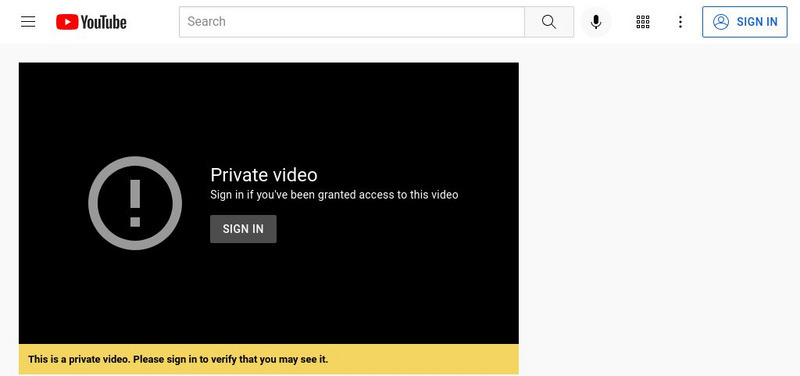Hi, what do you want to do?
TED-Ed
Cicadas: The Dormant Army Beneath Your Feet
What's the buzz that happens every 13 or 17 years? The emergence of the cicadas! This quick and flashy animation explains the lifecycle of these unusual insects and ponders the timing. On the host site, you will also find comprehension...
PBS
Top 4 Tips to Spot Bad Science Reporting
How can people make good decisions about their health when modern news reporting is so unreliable? Using an informative video resource, viewers discover the acronym GLAD. They learn to get past the clickbait, look for crazy claims,...
PBS
Why Do Our Brains Love Fake News?
Fake news is all about the dorsolateral prefrontal cortex versus the orbitofrontal cortex. Huh? Get the facts, the real deal, with a short video that explains clearly and succinctly what's going on in our brains that leads us to listen...
PBS
Fact vs. Fiction in the Media
How can people tell the difference between real news and inaccurate stories? Viewers watch a video about discerning fact from fiction in news sources. Next, pupils use a set of discussion questions to further analyze the topic.
Townsend Press
Critical Reading
Skilled readers know that any author's argument must be carefully analyzed and evaluated. Assist youngsters in their reading pursuits with a video about logical fallacies, including circular reasoning, straw man arguments, and false...
Sophia Learning
Sophia: Argumentative Papers
This video lesson explains the purpose of argumentative papers and the construction of paper as follows: thesis states claim, evidence supports claim, identify counterargument, evidence refutes counterargument, and conclusion restates...
eSpark Learning
E Spark Learning: Textual Evidence Instructional Video (7.R1.1)
This video shows an example of how to draw conclusions from an informative text and back it up with evidence from the text. [6:02]
New Zealand Ministry of Education
Te Kete Ipurangi: Thinking and Reading Comprehension
Julie Cowan from Willowbank School explains how she supports students to become strategic, reflective, and metacognitive readers and thinkers.
Imagine Learning Classroom
Learn Zillion: Infer and Cite Evidence of Character Traits
In this lesson, you will infer and cite evidence of character traits that the author shows, rather than tells, by making generalizations about the main character. [4:14]
Imagine Learning Classroom
Learn Zillion: Develop a Claim
In this lesson, you will learn how to generate a precise claim by analyzing your text and notes for reasons and evidence. [7:29]
Imagine Learning Classroom
Learn Zillion: Develop Support for an Argument in Opinion Writing
In this lesson, you will learn how to support your argument by turning the topic sentence into a question. [4:51]
McGraw Hill
Mc Graw Hill: Introduction to Reading Skills: Claims and Support
This engaging video highlights the importance of providing reasons and evidence to support a claim. [2:41]
McGraw Hill
Mc Graw Hill: Introduction to Reading Skills: Claims and Supporting Evidence 2
This video highlights the importance of supporting claims with evidence. [2:35]
Imagine Learning Classroom
Learn Zillion: Identify Relevant Evidence
Students will be able to identify relevant evidence in their argumentative writing. [7:12]
PBS
Pbs Learning Media: Argumentative Essay: Citing and Analyzing Evidence
In this lesson, students will learn the importance of citing text evidence to build an argument essay.
Imagine Learning Classroom
Learn Zillion: Strengthen Argumentative Writing by Identifying an Opposing Claim
In this lesson, you will learn how to strengthen your argument by identifying the opposing claim and arguing against it. [4:34]
Curated Video
You Tube: Making Inferences
Catchy song by Jake Scott that explains how to infer and use textual evidence to support your conclusions. [2:36]




















